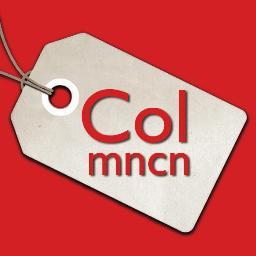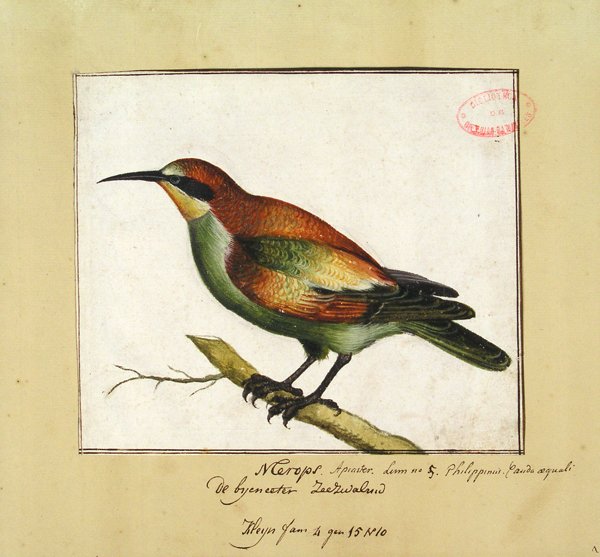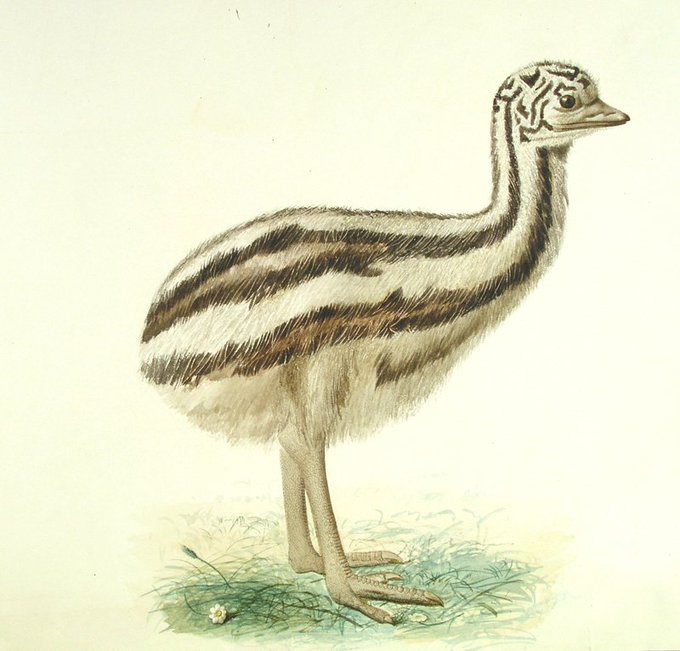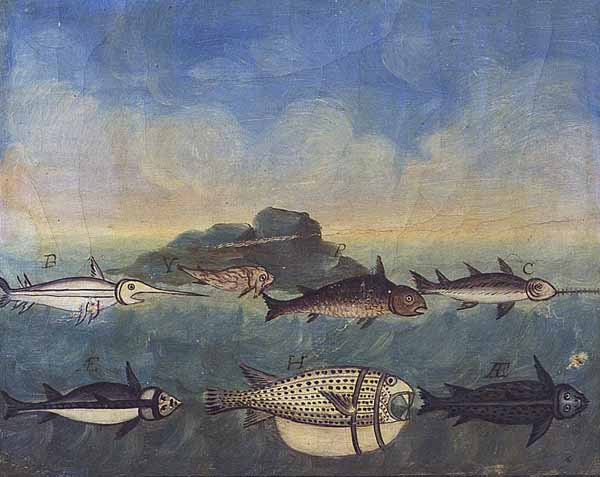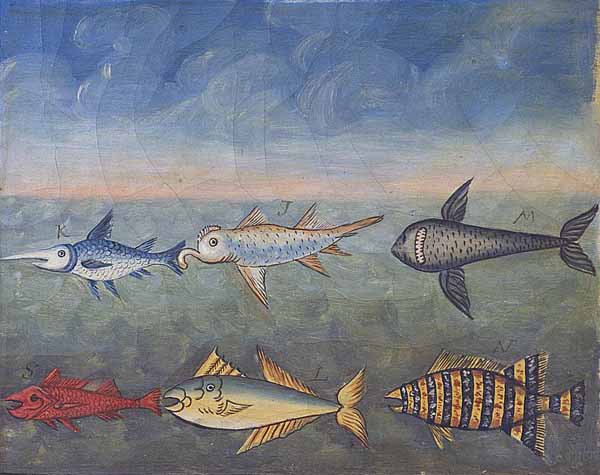#HistoriaMNCN ¡Feliz Día Internacional de los Museos! Hoy queremos rendir un homenaje a los directores históricos más destacados: Pedro #FrancoDávila (1771-1814), Mariano de la Paz #Graells (1851-1867), Ignacio #Bolívar (1901-1936). #Ciencia #Historia #Cultura #Museos #DIM2020
The horseshoe crab (Limulus polyphemus) is a primitive marine invertebrate that has hardly changed in the last 200 million years. It is very interesting to the biomedical & pharmaceutical industries as its hemolymph is important in the development of new antibiotics and vaccines.
The first written and graphic documentation on the discovery of a fragment of dinosaur bone was in 1677. A naturalist of the XVIII called it Scrotum humanum, thinking it was petrified testicles. This fossil, now lost, is probably a Megalosaurus femur. #Dinosaurs #HistSci #NatHist
#Feathursday The European bee-eater (Merops apiaster) is similar to a rainbow when flying. The English term "bee-eater" was first recorded in 1668, referring to the European species. #Birds #SciArt #HistCol #Archives #VanBerkheij collection #MuseumFromHome #NatHist #Museums
#HistoriaMNCN En sus inicios reunió casos teratológicos humanos y animales por la gran curiosidad que despertaban en la gente. La 1ª publicación (1784) fue "Colección de Láminas que representan los animales y monstruos del Real Gabinete de Historia Natural" de J. B. Bru. #SciArt
#HistoriaMNCN Pedro #FrancoDávila (1711-1786) fue el primer director del #MNCN. Era un apasionado coleccionista, uno de los mayores conocedores de historia natural y miembro de las más prestigiosas sociedades científicas de su tiempo, incluida la @royalsociety. #HistSci #Museums
#Feathursday Emu chicken (Dromaius novaehollandiae) painted by AM Lecuona in 1861. The femlae leaves the male to incubate them on his own, and after they have hatched, the striped chicks are also looked after by the male. #Birds #Archives #SciArt #ScientificIllustration #Museums
#PlayMW Next Sunday the war for the Iron Throne will come to an end, but here in our museum the fight between the great houses continues. A fight to decide which house has the most amazing animal in their coat of arms. Any favorites?
#FossilFriday Homo neanderthalensis divided the work by sexes, they knew the medicinal use of certain plants, their diet included mushrooms, pine nuts and moss, and they would have practiced cannibalism. #Paleontology #Paleoanthropology #Hominines #Neandertals #NatHist #Museum
#WordlWildlifeDay Marine biodiversity plays a vital role in maintaining the functionality and productivity of ecosystems. It makes habitats more resilient to environmental change. We want to celebrate this day with some scenes from the #QuadroPeru (1799) #SciArt #NatHist #SeaLife
